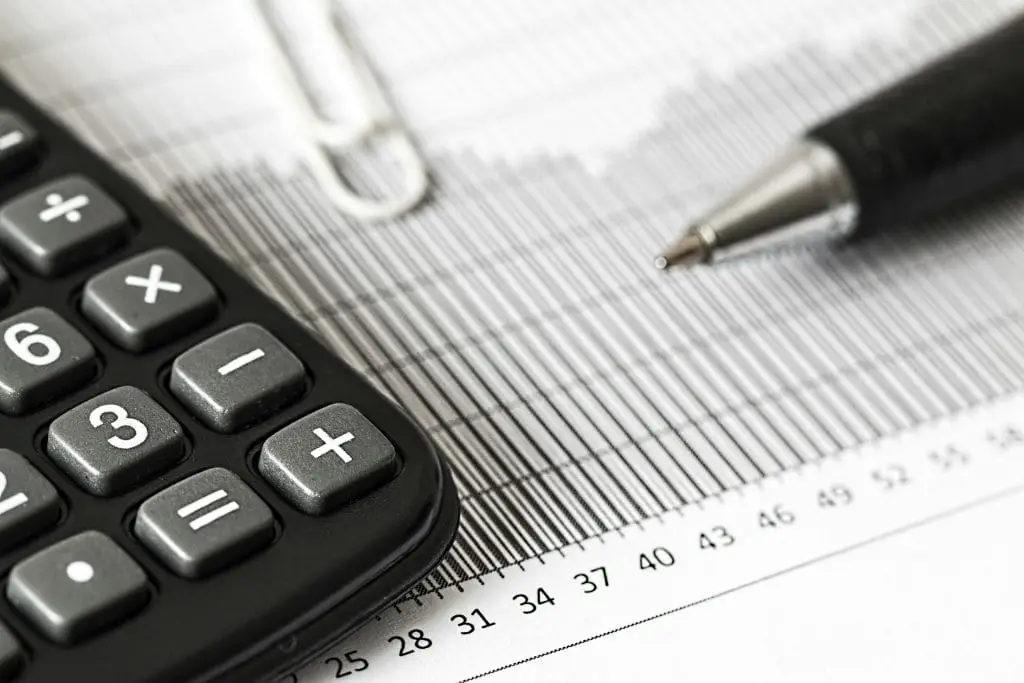Introduction
If you’re self-employed, a landlord, or have income outside of PAYE, you may need to complete a Self Assessment tax return. It’s how HMRC collects Income Tax from individuals and businesses that don’t have it automatically deducted from their pay.
In this guide, we’ll explain what Self Assessment is, who needs to file it, and take you through the process step-by-step — so you can avoid mistakes and submit it on time.
What is a Self Assessment Tax Return?
A Self Assessment tax return is a form you submit to HMRC each year to declare your income and expenses.
It includes:
- Employment income
- Self-employment profits
- Property rental income
- Dividends and investment income
- Foreign income
Once submitted, HMRC calculates how much tax you owe or whether you’re due a refund.
Who Needs to Complete a Self Assessment?
You must file a Self Assessment if you are:
- Self-employed as a sole trader earning over £1,000 in a tax year
- A partner in a business partnership
- Receiving property rental income
- Earning untaxed income (dividends, investments, foreign income)
- Claiming certain tax reliefs
Key Deadlines
- Register for Self Assessment: 5 October after the end of the tax year
- Paper return deadline: 31 October
- Online return deadline: 31 January
- Tax payment deadline: 31 January
Missing these deadlines can result in penalties and interest charges.
Step-by-Step: How to Complete Your Self Assessment Tax Return
Step 1: Gather Your Information
- Income statements (P60, P45)
- Business income and expense records
- Rental income statements
- Bank interest certificates
- Any other taxable income
Step 2: Log in to HMRC
Use your Government Gateway ID to access the Self Assessment section.
Step 3: Fill in the Relevant Sections
- Enter personal details
- Add income figures from each source
- Include allowable expenses to reduce tax liability
Step 4: Review and Submit
Double-check figures to avoid penalties for incorrect returns.
Step 5: Pay Your Tax
Ensure payment is made by 31 January to avoid late payment interest.
Common Mistakes to Avoid
- Forgetting to declare all income sources
- Missing allowable expenses
- Leaving the return until the last minute
- Using estimates instead of exact figures
Frequently Asked Questions
Q: What happens if I miss the deadline?
A: You’ll be fined £100 immediately, with further penalties for ongoing delays.
Q: Can I amend my return after submitting it?
A: Yes, you have up to 12 months from the filing deadline to make amendments.
Conclusion & Call to Action
Completing your Self Assessment tax return can be straightforward if you prepare early and keep accurate records.
At Swift Ledger, we can handle the entire process for you — ensuring accuracy, maximising your tax reliefs, and keeping you compliant with HMRC.

